Your basket is currently empty!
Key Takeaways:
- Discover the psychological traps that destroy trading accounts
- Learn how your beliefs create self-fulfilling prophecies in the market
- Master the mental game that separates winning traders from losers
- Implement AI-powered solutions to overcome emotional trading mistakes
- Transform your trading results by changing your inner environment
Let’s be honest. You and I both know that trading isn’t just about charts and indicators.
You’ve probably experienced it yourself. You have the perfect setup, you know the technicals inside out, but somehow you still manage to blow up your account. Sound familiar?
Here’s the truth: The market doesn’t care about your opinion, your bills, or your dreams. And until you understand the psychological warfare happening inside your mind every time you click that buy button, you’ll keep making the same costly mistakes.
Mark Douglas’s “The Disciplined Trader” isn’t just another trading book. It’s a psychological blueprint that reveals why you sabotage yourself and how to stop. Today, you and I are going to break down the 10 most powerful lessons from this masterpiece that can literally transform your trading results overnight.
Ready? Let’s dive in.
Lesson 1: The Market Is Always Right (Even When You Hate It)
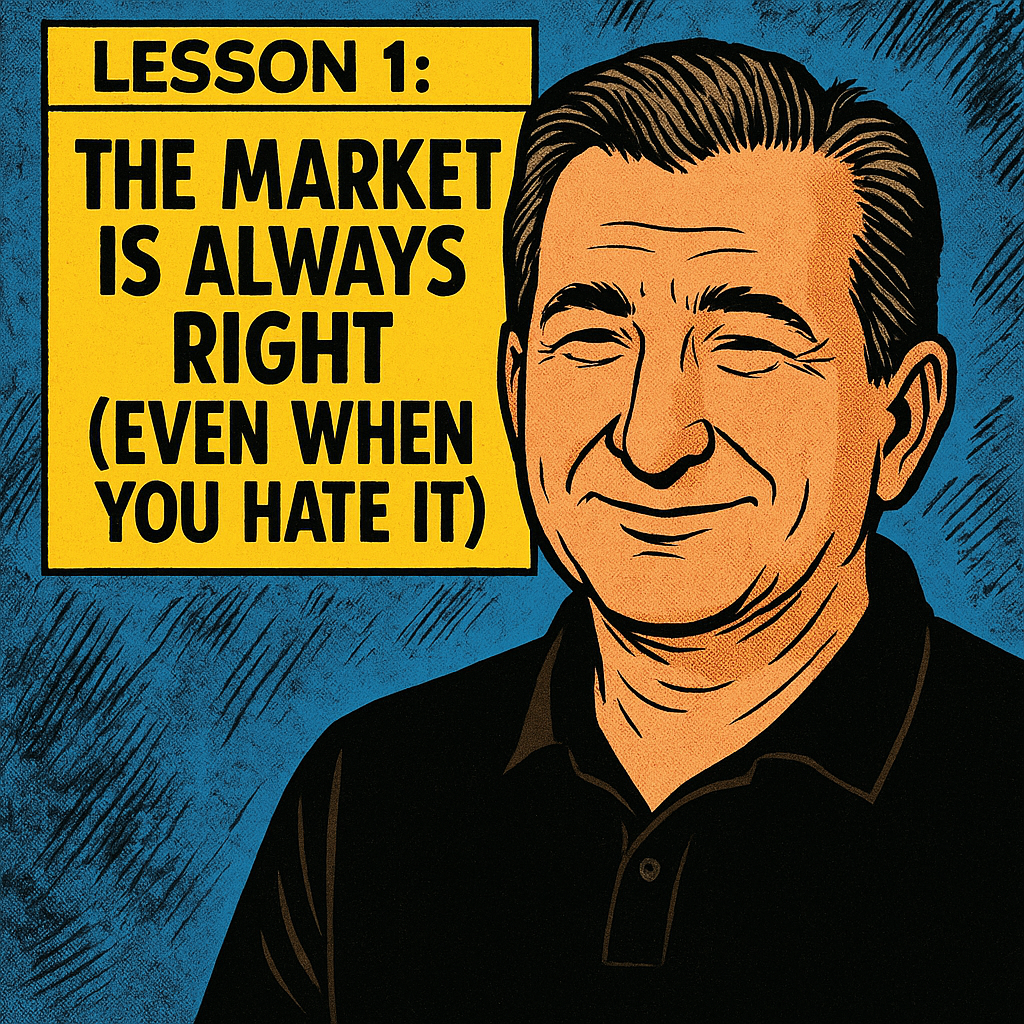

Here’s a pill that’s hard to swallow: The current price reflects the collective beliefs of all active traders at that moment.
Your opinion about what “should” happen is completely irrelevant unless you can move the market yourself. Think about that for a second. Every time you argue with the market, you’re essentially saying you know better than millions of participants with billions of dollars.
The market is telling you a story right now. Are you listening, or are you too busy being right?
The conventional advice? “Just accept the market.” But how do you actually do that when your emotions are screaming at you?
The AI solution: This is where our AI-powered trading robots come in. They don’t argue with the market. They don’t have egos. They simply read price action and execute based on probability. No emotional attachment, no need to be right. While you’re battling your opinions, our robots are accepting what the market offers and profiting from it.
Lesson 2: Unlimited Potential for Profit and Loss (The Double-Edged Sword)
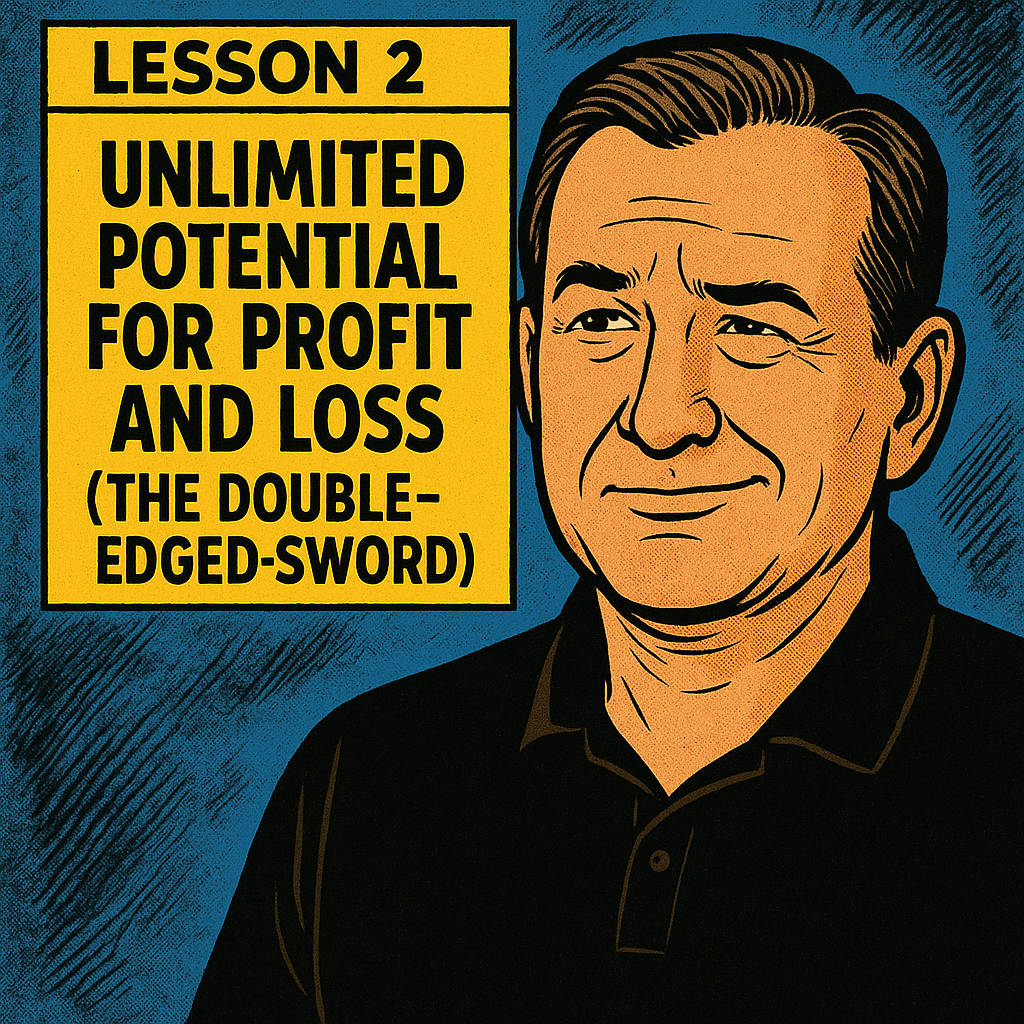

Unlike walking into a casino where you can only lose what’s in your pocket, trading offers unlimited potential in both directions.
This creates a dangerous psychological trap. You and I can dream about that one trade that makes us millionaires while simultaneously risking total account destruction. Every trade carries the potential to fulfill your wildest dreams or become your worst nightmare.
According to research from the CFA Institute, this unlimited potential creates cognitive biases that lead traders to overestimate their upside while underestimating their downside risk.
Here’s what most traders miss: The possibility of unlimited profit tricks your brain into taking unlimited risk. You hold losing positions too long because “it could come back,” and you cut winners too early because you’re afraid of giving back profits.
Want to know how to manage this psychological trap? Keep reading because Lesson 9 holds the key.
Lesson 3: You Create Your Own Market Experience
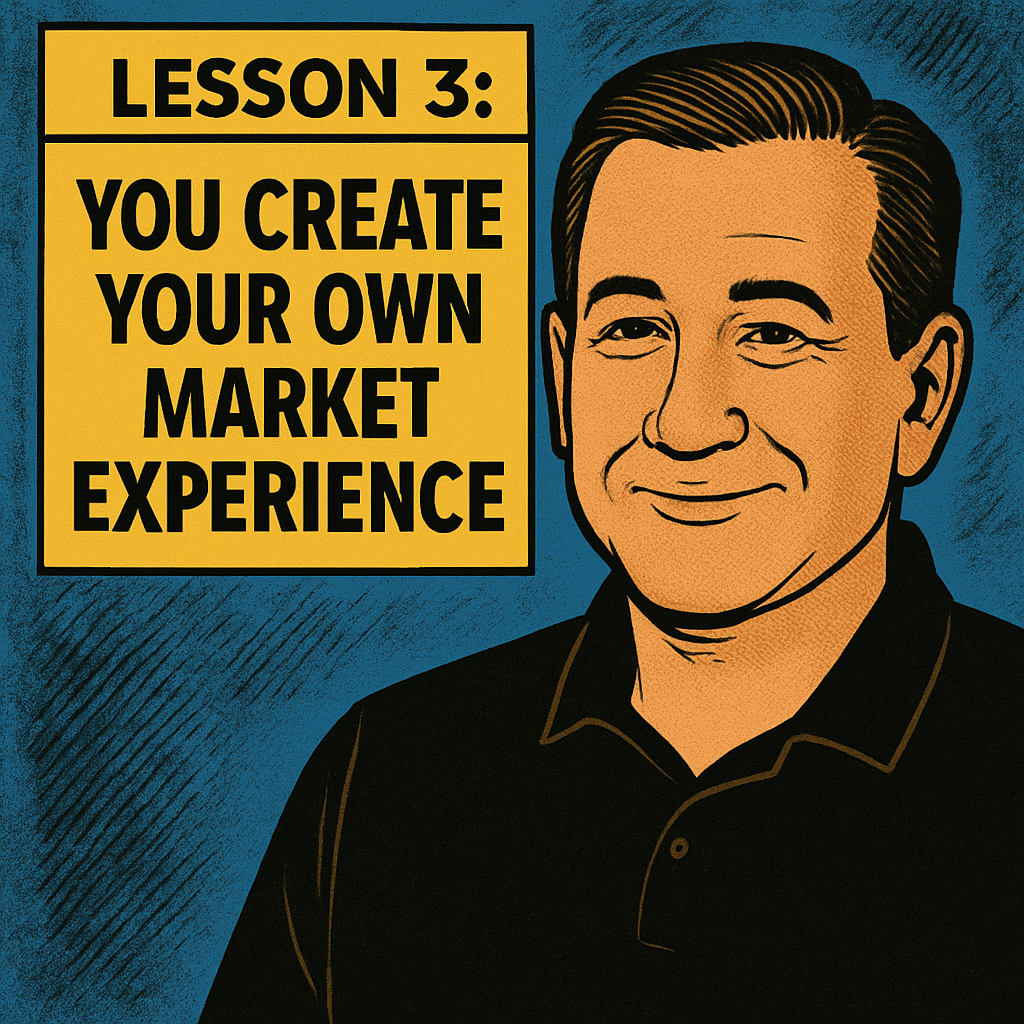

Stop blaming the market. Stop blaming your broker. Stop blaming the news.
Your beliefs, fears, and expectations act as filters that determine what information you see and how you interpret it. Two traders can look at the exact same chart and see completely different things. Why? Because they’re not really looking at the chart they’re looking through their own psychological lens.
Think about the last time you took a loss. Did you see the warning signs? Of course you did, in hindsight. But in the moment, your filter blocked them out because they contradicted what you wanted to believe.
Change your inner environment, and you’ll change your outer trading results. It’s that simple and that difficult.
Lesson 4: Fear Limits Your Perception (The Invisible Handcuffs)
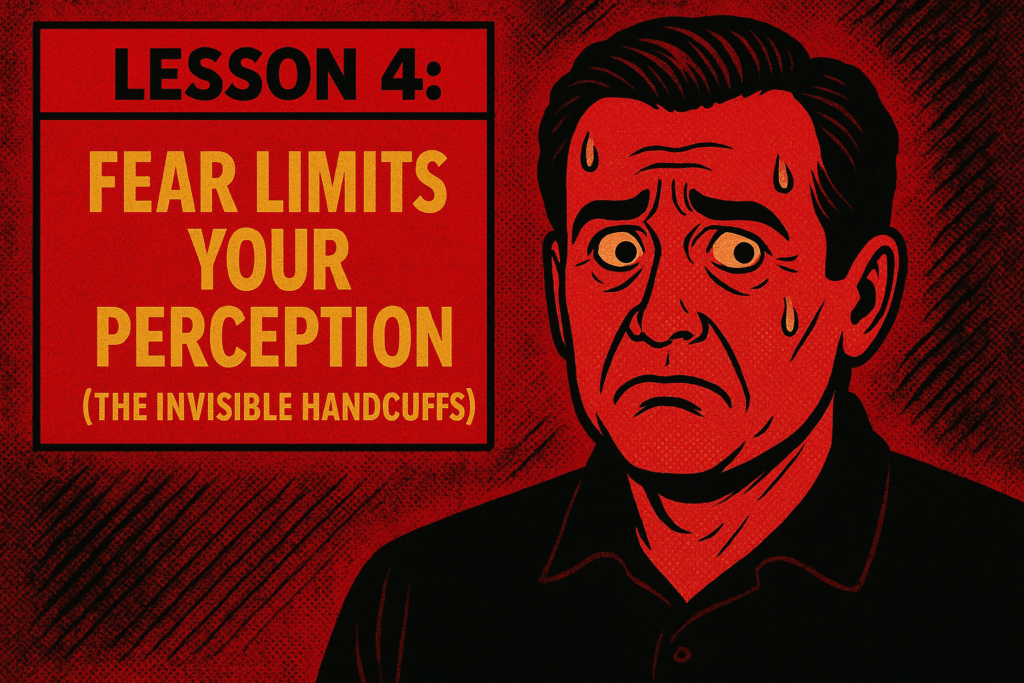

When you’re afraid of being wrong or losing money, something insidious happens: you unconsciously filter out information that contradicts your position.
This creates blind spots that lead to the exact outcomes you’re trying to avoid. It’s like driving with blinders on and wondering why you keep crashing.
Research from the National Institutes of Health shows that fear activates the amygdala, which literally shuts down your prefrontal cortex (the part of your brain responsible for rational decision-making). You’re not just scared; you’re actually cognitively impaired.
You need to trade without fear to see clearly. But how do you remove fear from trading when real money is on the line?
The conventional wisdom says: “Use proper position sizing.” Sure, that helps. But it doesn’t remove the fear.
Lesson 5: Beliefs Become Self-Fulfilling Prophecies
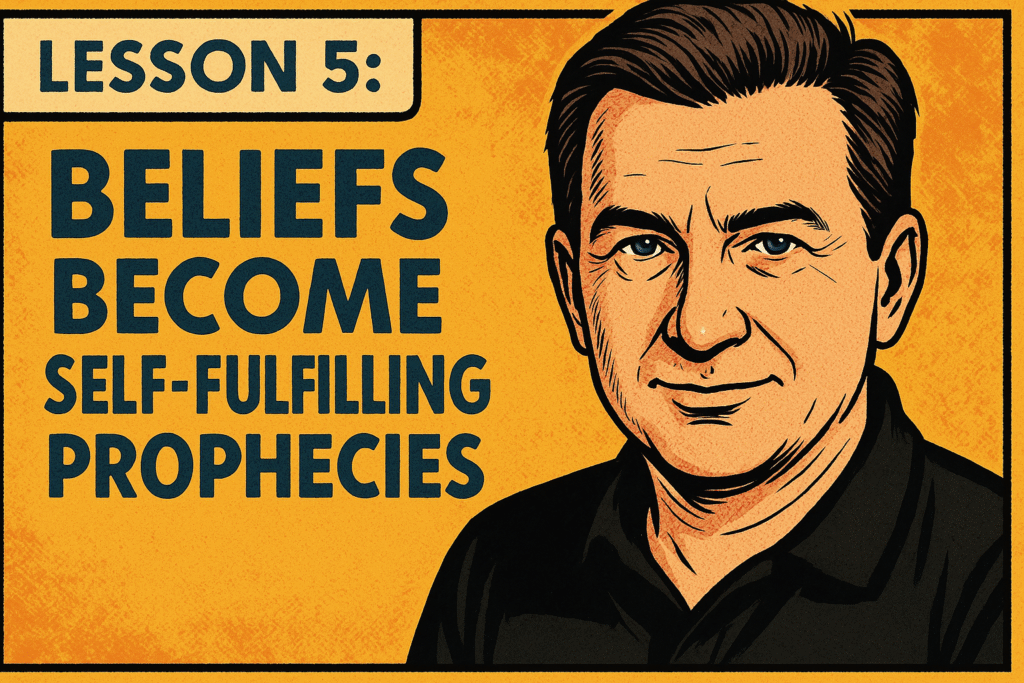

This one will blow your mind: Your beliefs about the market’s behavior will cause you to focus on information that confirms those beliefs.
If enough traders share the same belief (like support and resistance levels), they collectively create the reality they expect. It’s not magic; it’s mass psychology.
Here’s where it gets interesting: If you believe you’re not good enough to be a profitable trader, guess what? You’ll unconsciously sabotage yourself to prove that belief right. Your subconscious mind will make sure your reality matches your beliefs.
According to Harvard Business Review research, confirmation bias is one of the most powerful cognitive distortions affecting decision-makers in high-stakes environments. You’re literally blind to evidence that contradicts what you already believe.
So the question isn’t “What does the market tell you?” but rather “What are you telling yourself about yourself?”
Lesson 6: The Market Has No Beginning or End (You’re Playing an Infinite Game)
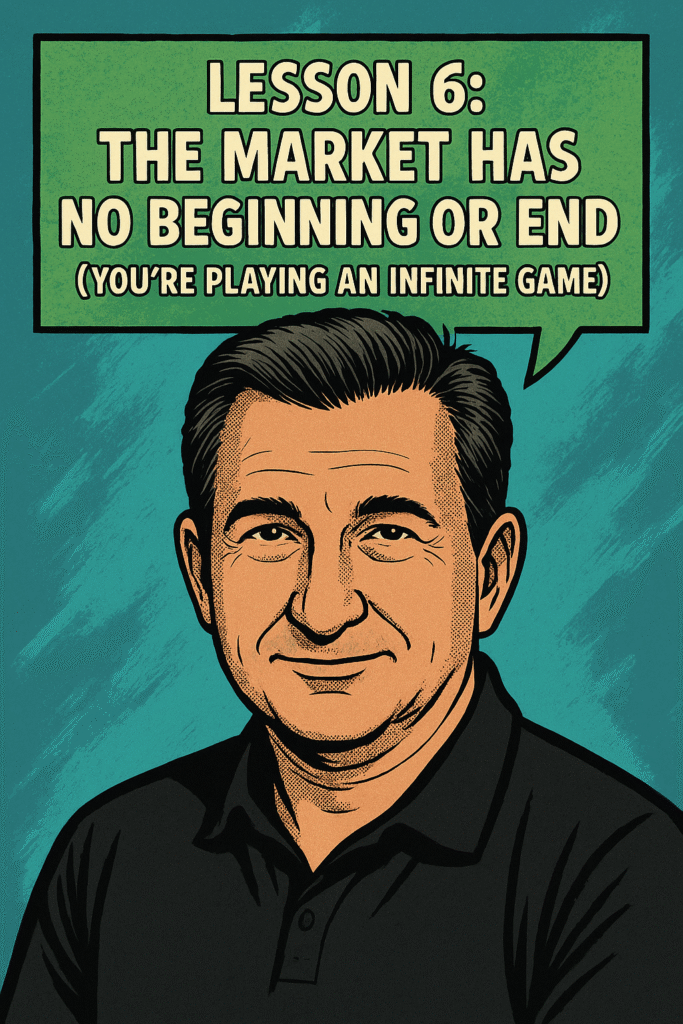

Unlike poker or blackjack where the game has clear start and end points, trading never truly stops.
You decide when to enter and exit, creating your own game within the endless flow. This freedom is liberating and terrifying. There’s no external force to limit your losses except your own self-discipline.
Think about it: The market will take every dollar you’re willing to give it. There’s no dealer saying, “Sorry, the game is over.” You have to be your own referee, and that requires tremendous self-discipline since no external force will save you from yourself.
This is why 90% of traders fail. Not because they don’t know technical analysis, but because they lack the self-discipline to stop themselves in an endless game.
Lesson 7: Winners Take Complete Responsibility (No More Excuses)
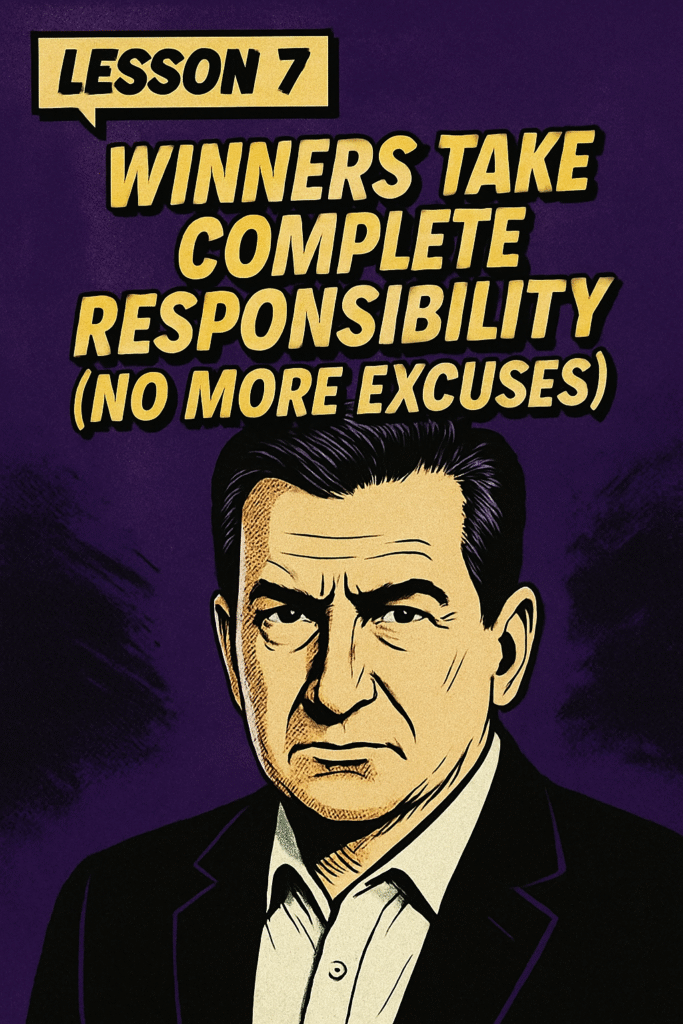

Successful traders never blame the market, brokers, or news for their results.
They understand that every outcome reflects their level of skill and self-discipline. The market can’t take anything from you that you don’t give it. Read that again.
Every loss is a lesson. Every mistake is feedback. Every blown account is a mirror showing you exactly where your discipline failed.
Studies from the Journal of Behavioral Finance confirm that traders who accept personal responsibility for their results consistently outperform those who externalize blame. It’s not about being hard on yourself; it’s about being honest about your role in your results.
The moment you take 100% responsibility is the moment you gain 100% power to change your results.
Where are you still making excuses? Be honest with yourself.
Lesson 8: Self-Valuation Determines Your Profits (The Hidden Ceiling)
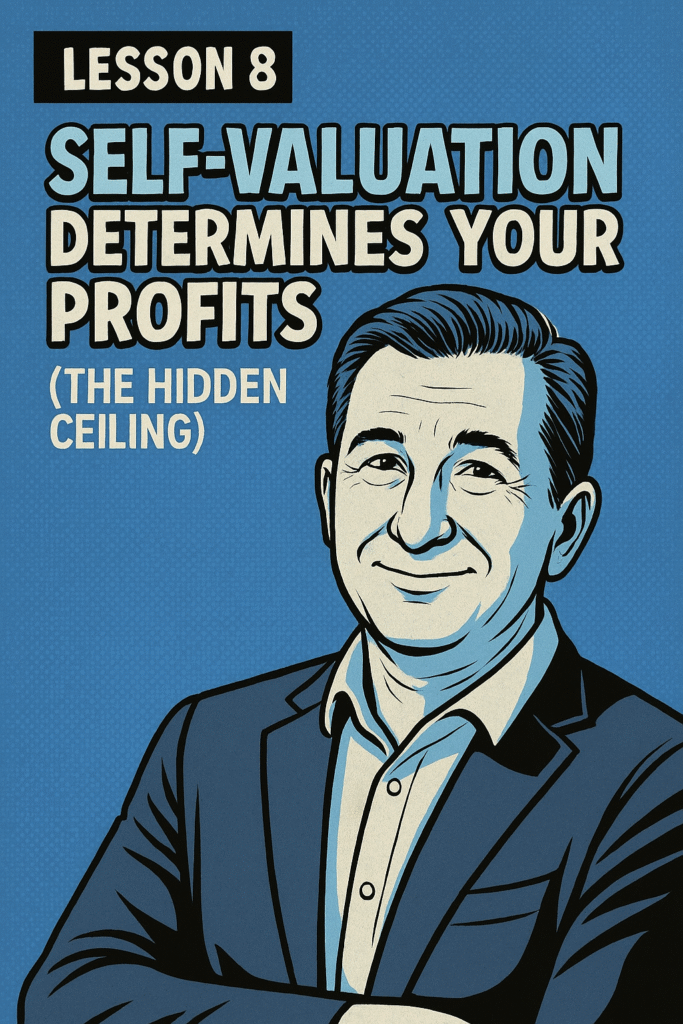

Here’s a truth that might sting: You’ll only allow yourself to make money equal to what you believe you deserve.
This subconscious ceiling explains why many traders repeatedly give back their profits. It’s not bad luck or poor strategy. It’s a self-worth issue masquerading as a trading problem.
If deep down you don’t believe you deserve wealth, your subconscious will sabotage every winning streak. You’ll overtrade, take unnecessary risks, or simply freeze when it’s time to let profits run.
To make more money, you must first value yourself more. It’s not about affirmations. It’s about genuine self-worth transformation.
The conventional approach? Read self-help books and hope something changes.
Lesson 9: Predefine Every Loss (The Ultimate Protection)
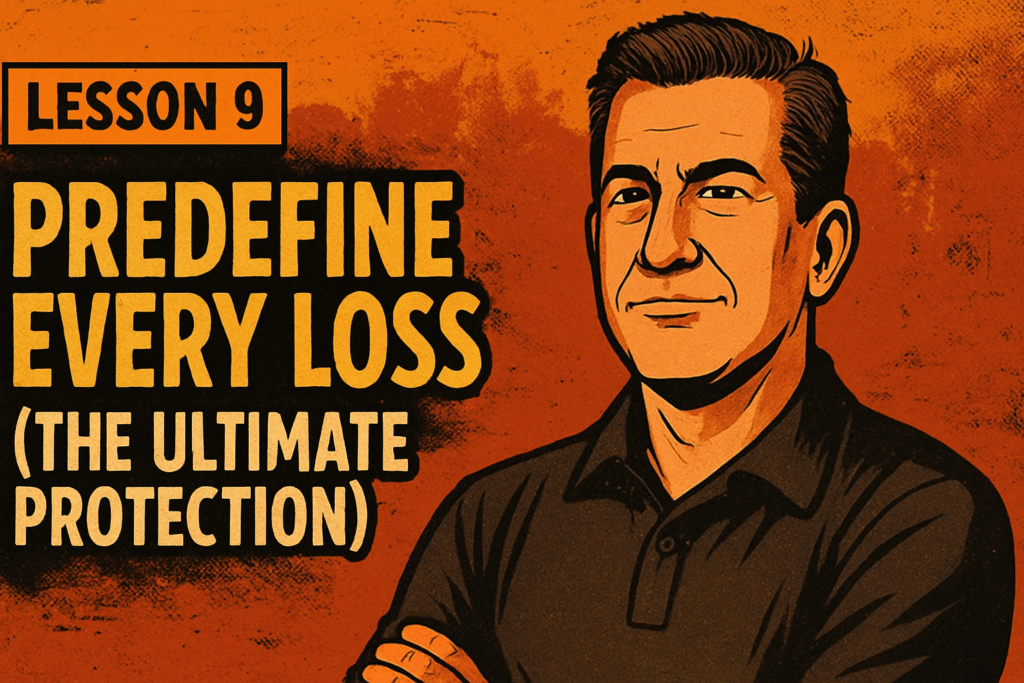

Know exactly what constitutes a loss before entering any trade. When that condition is met, exit immediately no consideration, no weighing, no hoping.
This automatic response protects both your capital and your psychology. You’re not making emotional decisions in the heat of the moment; you’re executing a predetermined plan.
According to the CFA Institute’s research on risk management, predefined risk parameters are the single most important factor separating professional traders from amateurs.
Most traders know where their stop should be, but they don’t honor it. Why? Because in the moment, hope overrides discipline.
Lesson 10: Focus on Process, Not Profits (The Paradox of Success)
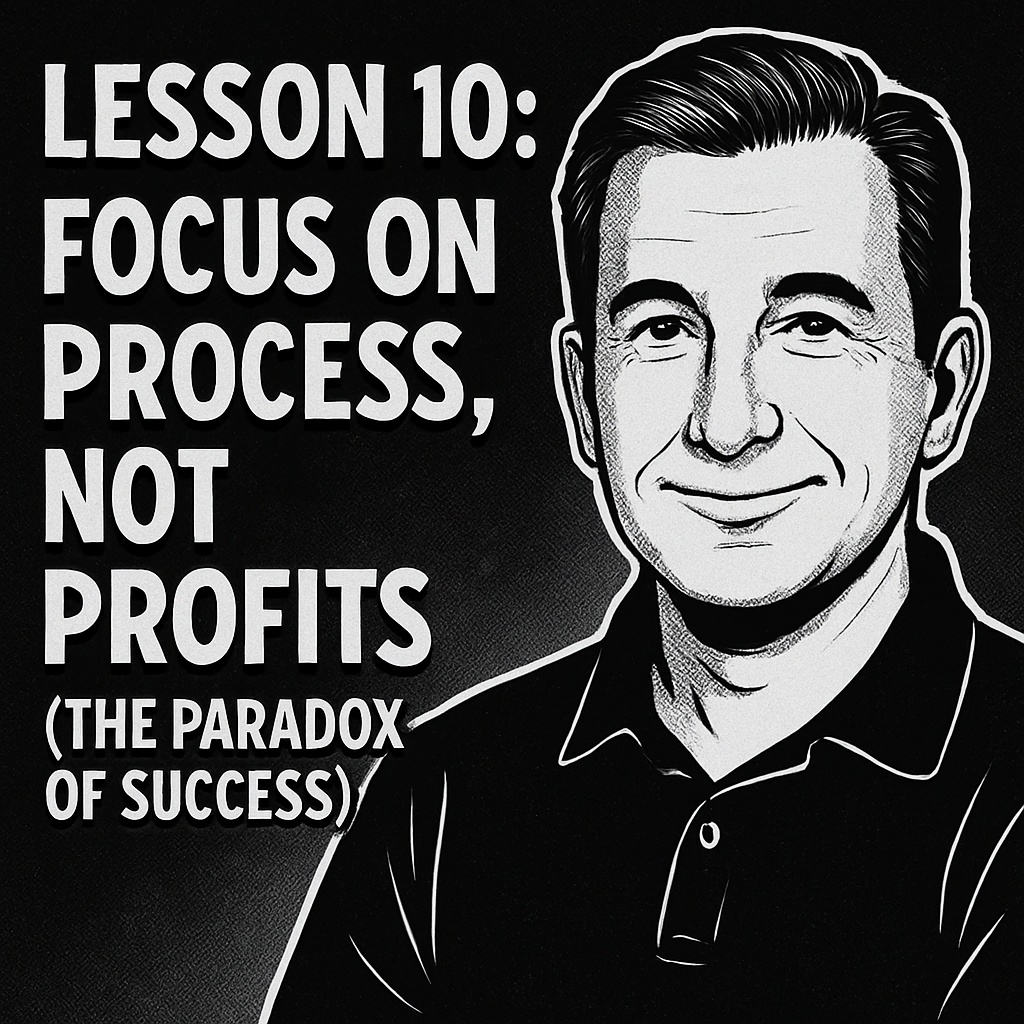

Money is merely a byproduct of trading skill. Focus on developing your abilities (perception, execution, and discipline). The profits will naturally follow once you master the process of being a consistently successful trader.
This might be the hardest lesson to internalize because you and I both got into trading to make money. But obsessing over profits is exactly what prevents you from making them.
Research published in the Journal of Financial Planning demonstrates that traders who focus on process metrics (win rate, risk-reward ratios, plan adherence) significantly outperform those who focus solely on P&L.
Think of it like going to the gym. If you obsess over the scale every day, you’ll drive yourself crazy and probably quit. But if you focus on showing up consistently and executing your workout plan, the results take care of themselves.
Your trading is no different.
The Truth Nobody Tells You
Mark Douglas ends with this powerful statement: “All traders give themselves exactly what they deserve. Your trading results are a direct reflection of your beliefs about yourself and what you think you deserve.”
Let that sink in.
Your account balance right now is a perfect mirror of your internal beliefs, discipline, and self-worth. Not your strategy. Not your broker. Not the market. You.
The good news? Once you accept this truth, you gain the power to change everything.
Transform Your Trading with AI-Powered Solutions
You and I both know that understanding these lessons intellectually is one thing. Implementing them consistently is another.
That’s where AI-solutions come in:
Use Trading Robots:
- They Execute predefined risk management without emotional override
- Accept what the market offers without ego or attachment
- Never fear being wrong or losing money
- Focus purely on process and probability
- Trade 24/7 without fatigue or psychological warfare
Coaching Programs:
- Identify your self-sabotage patterns using AI analytics
- Build genuine self-discipline frameworks that actually work
- Transform limiting beliefs about your trading potential
- Provide accountability that conventional trading education can’t match
- Combine psychology with strategy for complete transformation
Wealth Management Service:
- Removes you from the emotional battlefield entirely
- Uses sophisticated algorithms to manage positions based on data
- Eliminates fear-based blind spots from your trading
- Provides professional capital management without the psychological cost
- Lets you focus on wealth building, not tick-watching
Ready to stop sabotaging yourself? Explore our solutions here.
The End: Your Next Step
The difference between where you are and where you want to be isn’t more indicators or better strategies. It’s mastering the psychological game that Mark Douglas brilliantly decoded.
You can spend years trying to implement these lessons on your own, fighting your psychological demons every step of the way. Or you can leverage AI technology that eliminates the emotional warfare entirely while you develop the discipline to trade without it.
Subscribe to our newsletter and get exclusive content on mastering trading psychology with AI-enhanced solutions.
Recommended Reading and Free Downloadable Gift: How to Build a Trading Plan That Actually Works
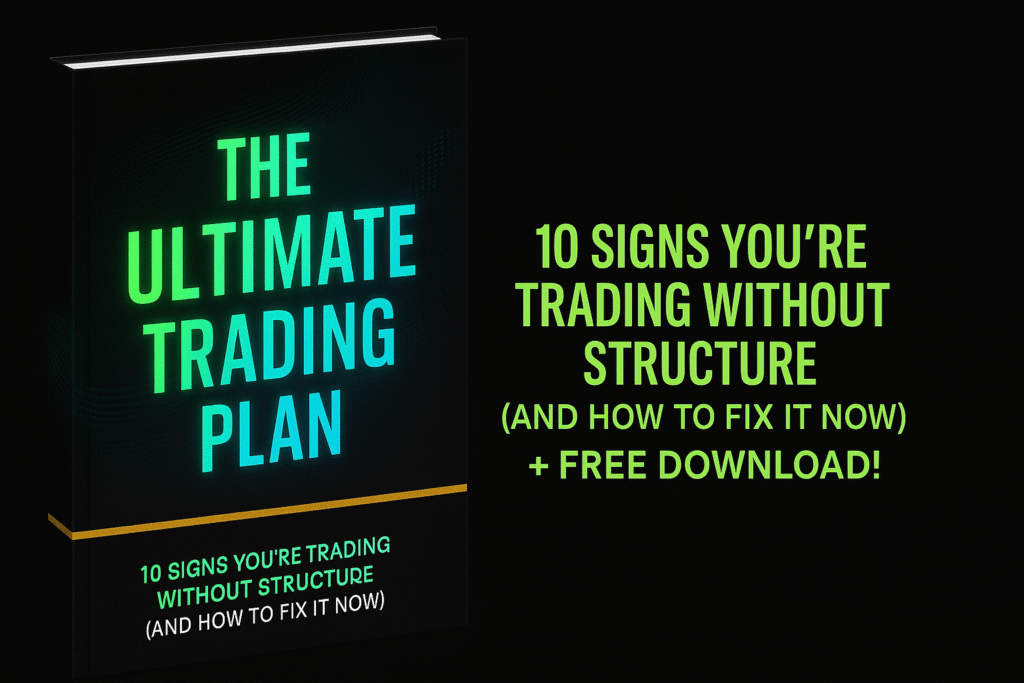

Now it’s your turn: Which of these 10 lessons resonates most with your current trading struggles? Drop a comment below and let’s discuss how you can implement it immediately. Your breakthrough might be hiding in the conversation we’re about to have.
Want to discover how AI can eliminate the psychological warfare from your trading? Book a free consultation with our team and let’s build your personalized path to consistent profitability.
Trading Risk Disclosure
Trading foreign exchange, stocks, options, or futures on margin carries a high level of risk and may not be suitable for all investors. The high degree of leverage can work against you as well as for you. Before deciding to trade, you should carefully consider your investment objectives, level of experience, and risk appetite. The possibility exists that you could sustain a loss of some or all of your initial investment and therefore you should not invest money that you cannot afford to lose. You should be aware of all the risks associated with trading and seek advice from an independent financial advisor if you have any doubts. Past performance is not indicative of future results.

0 responses to “Why 90% of Traders Fail (And How Mark Douglas’s 10 Lessons Can Save Your Account)”